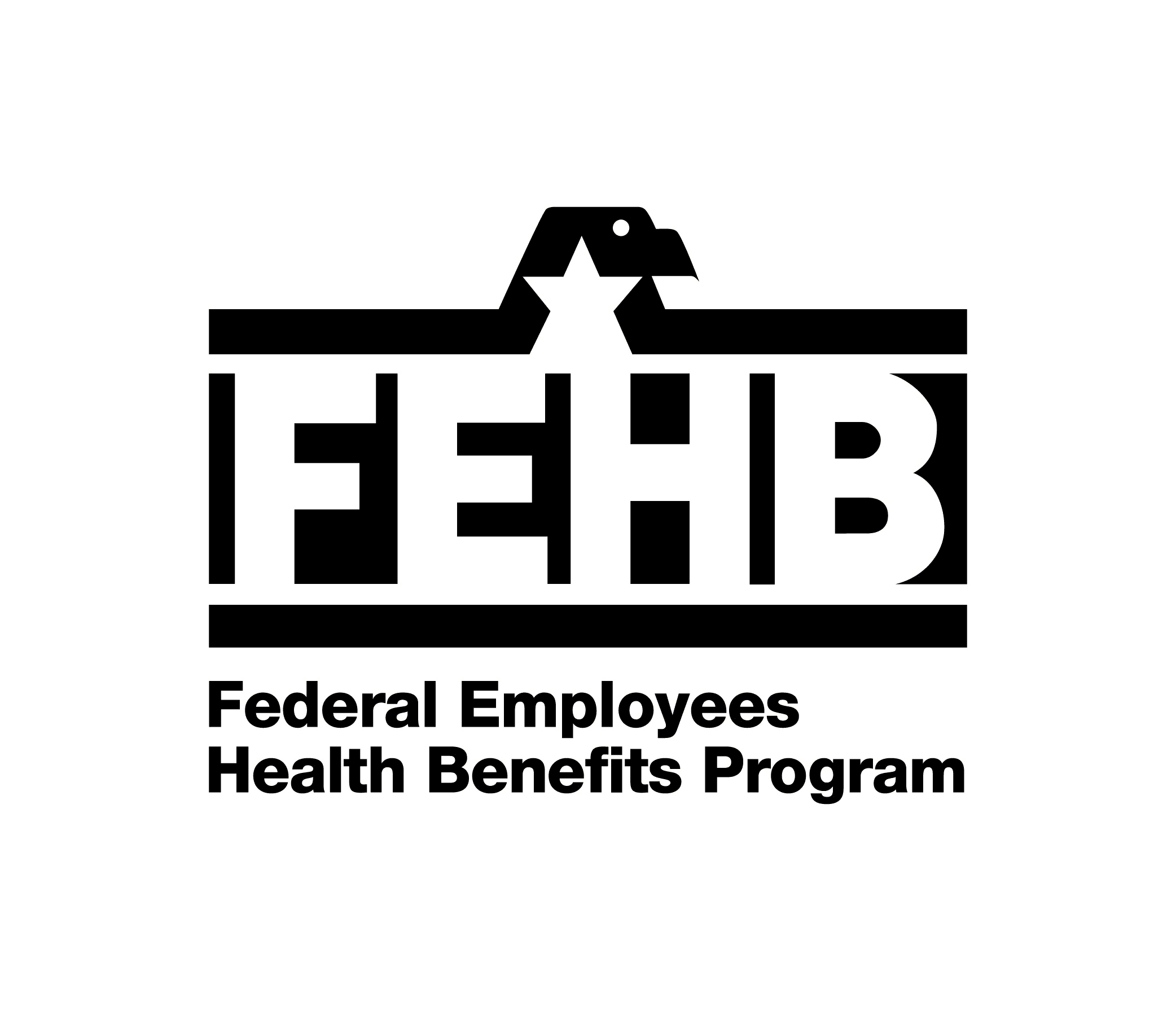This Plan is a health maintenance organization (HMO). OPM requires that FEHB plans be accredited to validate that plan operations and/or care management meet nationally recognized standards. QualChoice holds the following accreditation: NCQA. To learn more about the plan's accreditation, please visit the following website: www.ncqa.org. We require you to see specific physicians, hospitals, and other providers that contract with us in order to receive maximum benefits. These Plan providers coordinate your health care services. We are solely responsible for the selection of these providers in your area. Contact us for a copy of our most recent provider directory. We give you a choice of enrollment in a High Option, or a Standard Option. If you are enrolled in the High Option you can use the Point-of-Service(POS) Out-of-Network benefit. [See Section 5(j)]
HMOs emphasize preventive care such as routine office visits, physical exams, well-baby care, and immunizations, in addition to treatment for illness and injury. Our providers follow generally accepted medical practice when prescribing any course of treatment.
When you receive services from Plan providers, you will not have to submit claim forms or pay bills. You pay only the copayments, coinsurance, and deductibles described in this brochure. When you receive emergency services from non-Plan providers, you may have to submit claim forms.
You should join an HMO because you prefer the plan’s benefits, not because a particular provider is available. You cannot change plans because a provider leaves our Plan. We cannot guarantee that any one physician, hospital, or other provider will be available and/or remain under contract with us.
General features of our High and Standard Options
We have Open Access benefits
Our HMO offers Open Access benefits. This means you can receive covered services from a participating provider without a required referral from your primary care physician or by another participating provider in the network.
We have Point of Service (POS) benefits
Our HMO offers Point-of-Service (POS) benefits under the High Option Plan. This means you can receive covered services from a non-participating provider. However, out-of-network benefits may have higher out-of-pocket-costs than our in-network benefits.
How we pay providers
We contract with individual physicians, medical groups, and hospitals to provide the benefits in this brochure. These Plan providers accept a negotiated payment from us, and you will only be responsible for your cost-sharing (copayments, coinsurance, deductibles, and non-covered services and supplies).
Preventive care services
Preventive care services are generally covered with no cost sharing and are not subject to copayments, deductibles or annual limits when received from a network provider.
Annual deductible
The annual deductible must be met before Plan benefits are paid for care other than preventive care services.
Catastrophic protection
We protect you against catastrophic out-of-pocket expenses for covered services. The IRS limits annual out-of-pocket expenses for covered services, including deductibles and copayments, to no more than $7,000 for Self Only enrollment, and $14,000 for a Self Plus One or Self and Family. The out-of-pocket limit for this Plan may differ from the IRS limit, but cannot exceed that amount.
Your rights and responsibilities
OPM requires that all FEHB Plans provide certain information to their FEHB members. You may get information about us, our networks, and our providers. OPM’s FEHB website www.opm.gov/healthcare-insurance lists the specific types of information that we must make available to you. Some of the required information is listed below;
- Years in existence - we have been in business since 1996.
- Profit status - we are a for profit organization.
You are also entitled to a wide range of consumer protections and have specific responsibilities as a member of this Plan. You can view the complete list of these rights and responsibilities by visiting our website, www.qualchoice.com. You can also contact us to request that we mail a copy to you.
If you want more information about us, call 800-235-7111, or write to QualChoice, P.O. Box 25610, Little Rock, AR 72221. You may also contact us by fax at (501) 228-0135 or visit our website, QualChoice at www.qualchoice.com.
By law, you have the right to access your protected health information (PHI). For more information regarding access to PHI, visit our website, QualChoice at www.qualchoice.com to obtain our Notice of Privacy Practices. You can also contact us to request that we mail a copy of that Notice.
Your medical and claims records are confidential
We will keep your medical and claims records confidential. Please note that we may disclose your medical and claims information (including your prescription drug utilization) to any of your treating physicians or dispensing pharmacies.
Service Area
To enroll in this Plan, you must live in or work in our service area. This is where our providers practice. Our service area is the entire State of Arkansas. We have certain healthcare providers in our network in some areas immediately surrounding Arkansas. The High Option/Point of Service (POS) product provides Out-of-Network benefits and the Standard Option has no Out-of-Network benefits other than Emergency Services.
Ordinarily, you must get your care from providers who contract with us. If you receive care outside our service area, we will pay only for emergency care benefits. We will not pay for any other health care services out of our service area unless the services have prior Plan approval. You are responsible for calling for prior approval, call (800) 235-7111.
If you or a covered family member move outside of our service area, you can enroll in another plan. If your dependents live out of the area (for example, if your child goes to college in another state), you should consider enrolling in a Point of Service plan or an HMO that has agreements with affiliates in other areas. If you or a family member move, you do not have to wait until Open Season to change plans. Contact your employing or retirement office.

